With the rapid development of IT and the change of user habits, advertising forms are constantly innovating and developing. The effectiveness of traditional media tools is gradually weakening, while new forms of media applying technology are emerging as a more effective and accurate choice.
Among the emerging media, digital elevator media is rising to become a new star in the advertising market with its advantages of uniqueness and wide coverage.
This is a form of advertising through high-resolution digital screens inside and outside elevators, in buildings with high traffic.
These screens can display a variety of advertising content, from static images, dynamic videos, animations, etc., updated in real time and managed remotely via the Internet.
According to Kantar Millward Brown's BrandZ Top 100 Most Valuable Chinese Brands ranking, 80% of the brands such as Alibaba, Tencent, JD, etc. use digital elevator communication as an advertising medium.
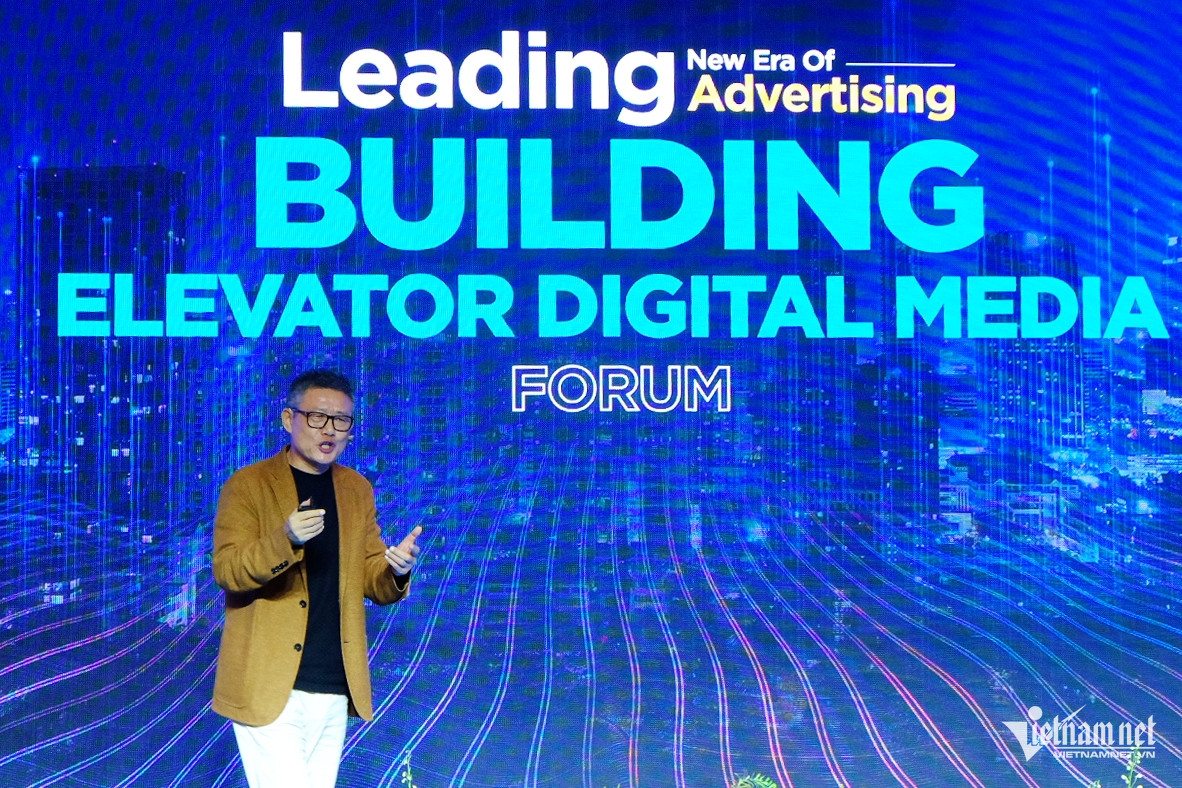
Sharing at the Digital Elevator Media Forum recently held in Hanoi, Mr. Guo Zhi Feng, Chairman and General Director of Chicilon Media, said that the frequency and habits of TV viewing of users have decreased significantly.
“ According to a survey in the Chinese market, in 2022, the rate of households turning on the TV will only remain at about 30%. In Vietnam, the rate of people turning on the TV for daily use is probably even lower, ” said expert Guo Zhi Feng.
Users today have the habit of using their phones frequently. However, very few users watch or interact with ads on their phones.
According to Kantar Media's survey, the percentage of people who watch ads per second on the Internet is only about 4%. Instead, they tend to ignore them or use ad blocking software on their phones.
With outdoor billboards, when moving on the road, if the distance is too far, users will have difficulty seeing the content. If moving closer, they also cannot look up to see the advertising content.
In that context, the trend of digital elevator communication is emerging thanks to its many advantages. With today's urban life, elevators have become an indispensable part of life.
Media outlets have taken advantage of the high frequency of elevator use to target communications to users.
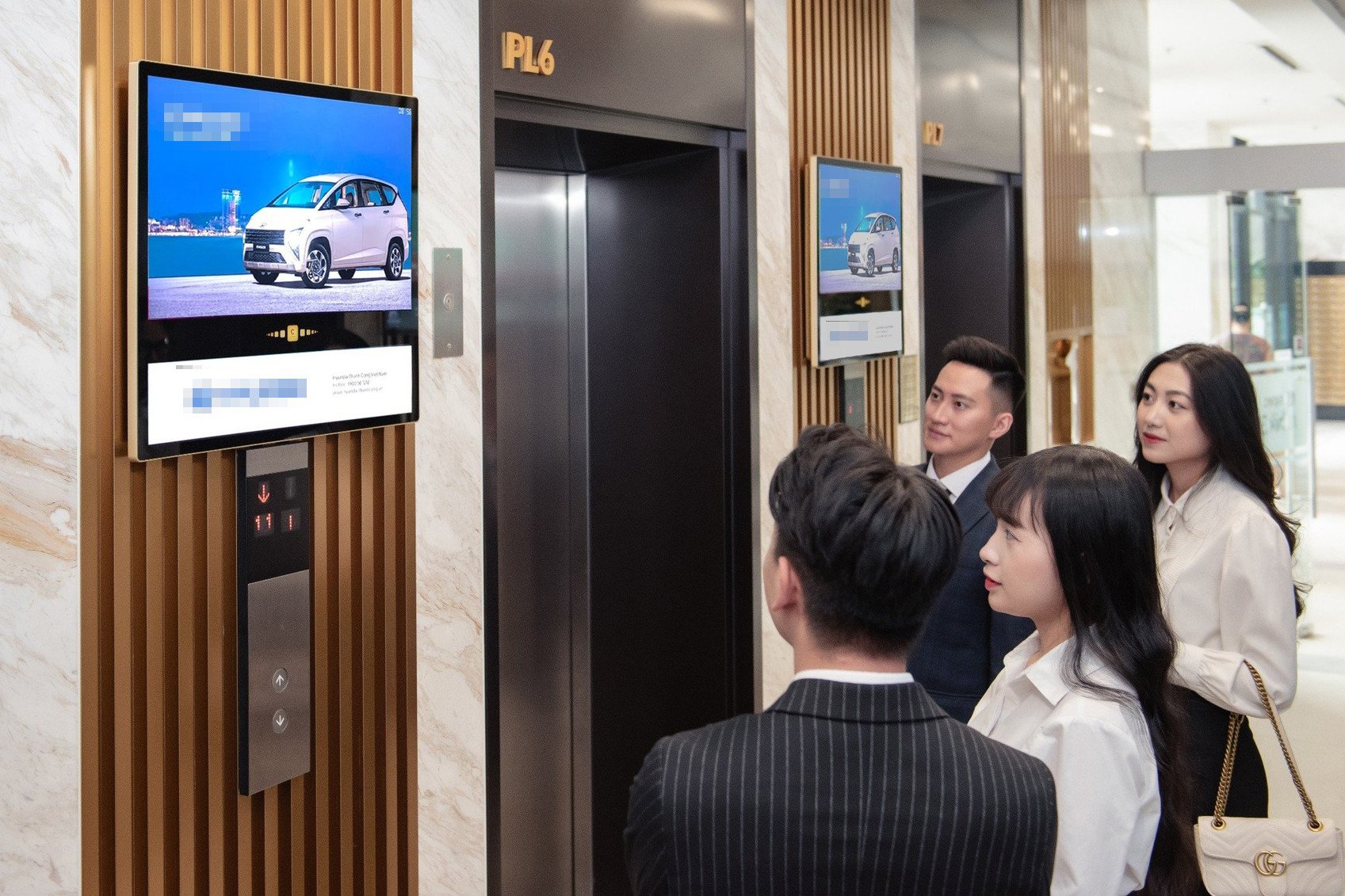
Elevator media channels often “cover” office buildings, residential areas and shopping centers. These are places where middle and high income groups and strong consumption are concentrated.
Targeting advertising to these audiences also helps increase the conversion rate of viewers into buyers, thereby optimizing advertising effectiveness.
Another advantage of elevator media is that information is conveyed in a closed environment, easily attracting the viewer's attention and focus.
Exposure to advertising in a narrow space at close range makes it easy for users to read information, thereby retaining it in their minds.
Expert Guo Zhi Feng believes that elevator advertising not only increases brand visibility but also increases recall to each user, thereby promoting their spending ability.
According to Mr. Rohit Dadwal, CEO of the Global Marketing Trade Association (MMA Global) APAC region, the digital elevator communication channel in Asia - Pacific has made remarkable progress.
Integration with artificial intelligence (AI), real-time data analytics, and programmatic advertising makes digital elevator media channels increasingly dynamic and personalized.
“ In the Vietnamese market, rapid urbanization and a growing middle class have opened up many opportunities for digital elevator media. In the future, digital elevator media will play an increasingly important role in the advertising market in Vietnam, ” said the head of the Asia-Pacific region of the Global Marketing Trade Association.

Source: https://vietnamnet.vn/libaba-tencent-su-dung-truyen-thong-thang-may-ky-thuat-so-de-quang-cao-2326268.html


![[Photo] Prime Minister Pham Minh Chinh chairs a special Government meeting on the arrangement of administrative units at all levels.](https://vphoto.vietnam.vn/thumb/1200x675/vietnam/resource/IMAGE/2025/5/9/6a22e6a997424870abfb39817bb9bb6c)
![[Photo] Magical moment of double five-colored clouds on Ba Den mountain on the day of the Buddha's relic procession](https://vphoto.vietnam.vn/thumb/1200x675/vietnam/resource/IMAGE/2025/5/9/7a710556965c413397f9e38ac9708d2f)

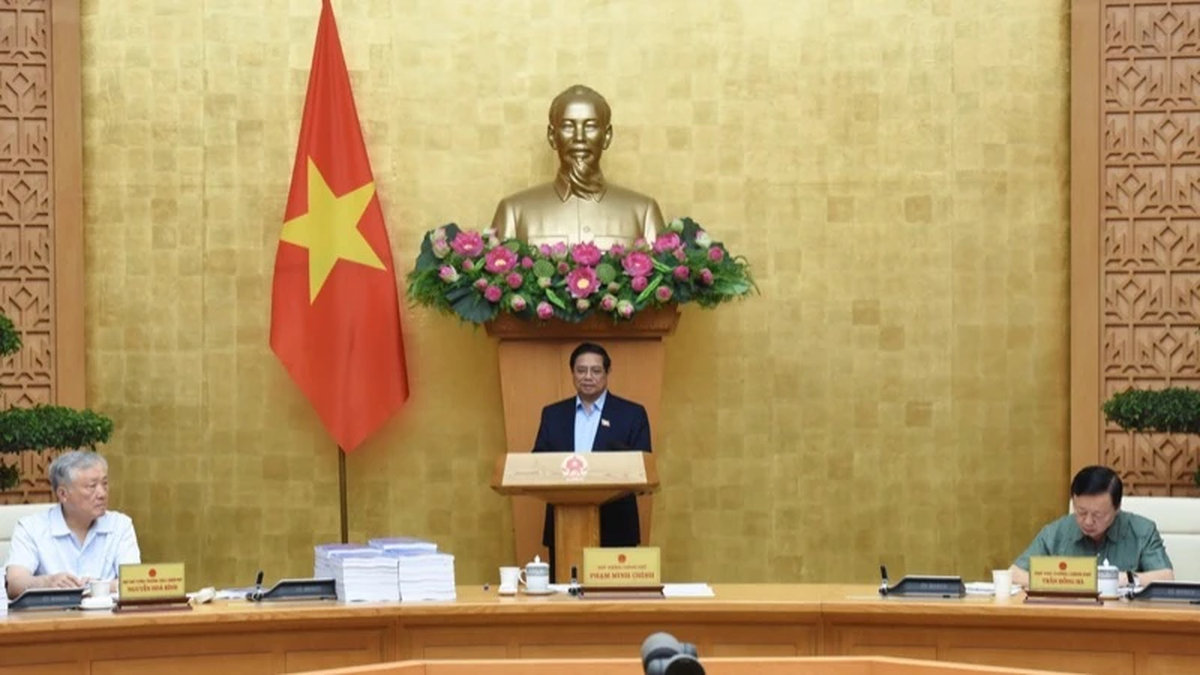














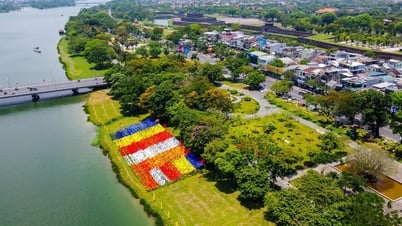
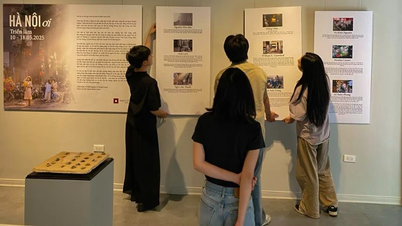
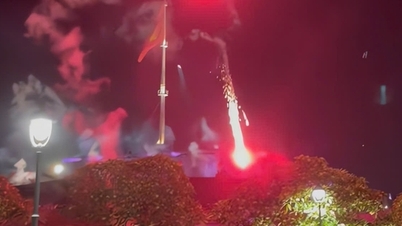
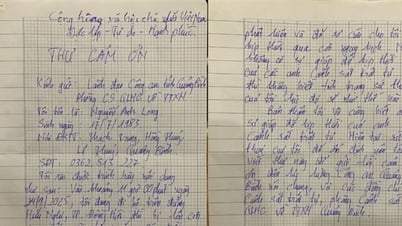









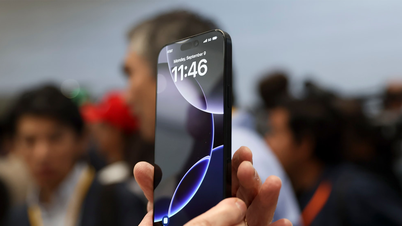




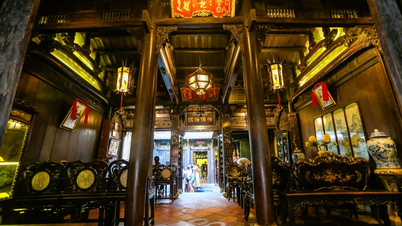

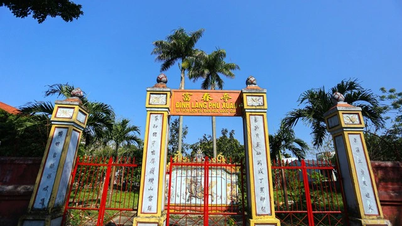








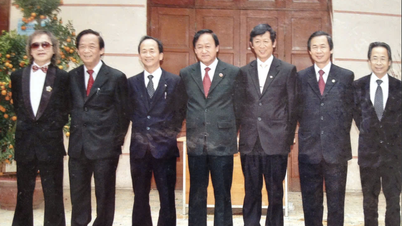












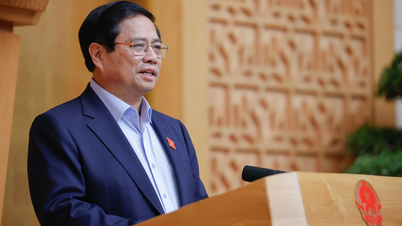
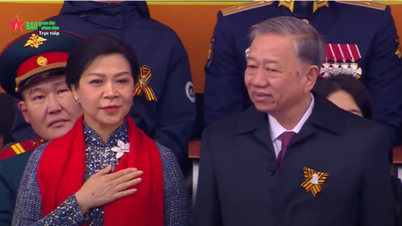


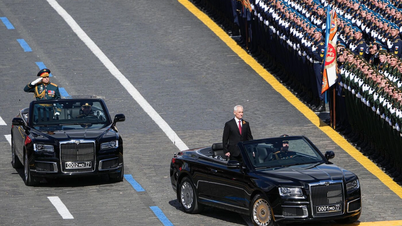



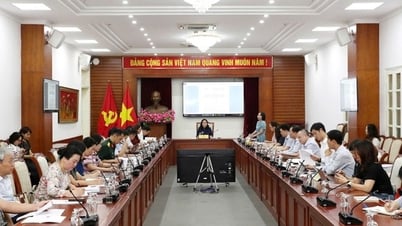


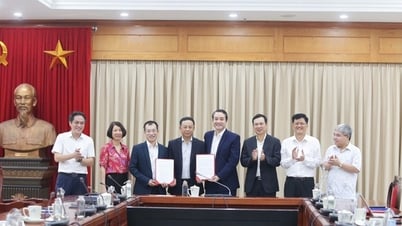

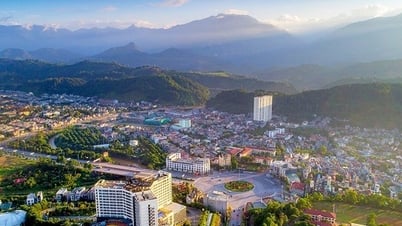



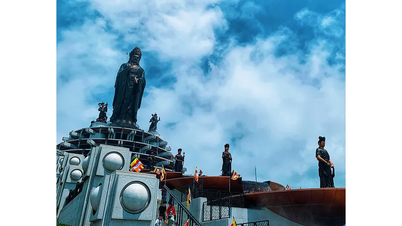


















Comment (0)